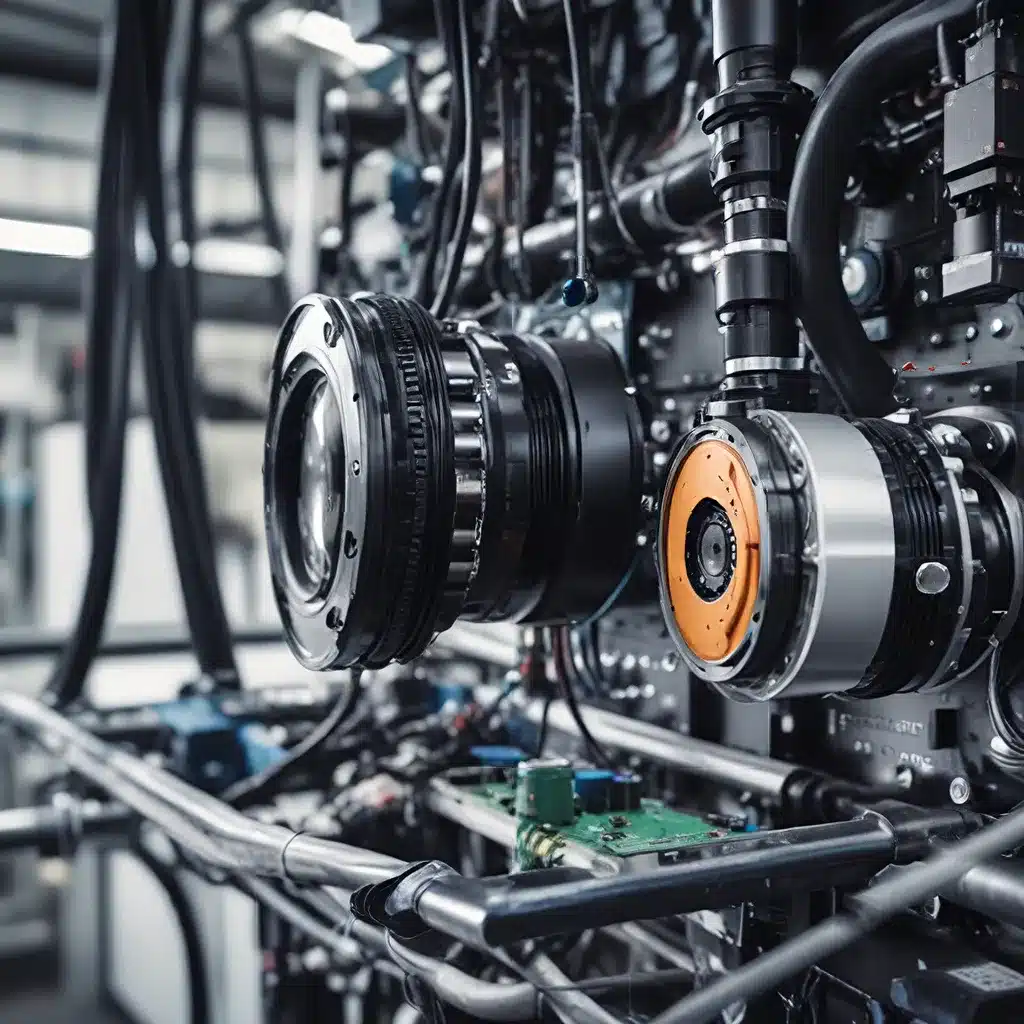
Exploring the Frontiers of Sensor Networks and IoT Applications
In the rapidly evolving world of technology, the integration of sensor networks and the Internet of Things (IoT) has paved the way for revolutionary advancements across various industries. These interconnected systems, powered by data-driven intelligence, are transforming how we monitor, maintain, and optimize critical assets, infrastructure, and processes. At the forefront of this technological revolution lies the convergence of predictive maintenance and anomaly detection, two key capabilities that are reshaping the landscape of IoT-powered sensor networks.
Predictive Maintenance: Anticipating and Preventing Failures
One of the primary drivers behind the adoption of sensor-driven IoT systems is the ability to predict and prevent equipment failures before they occur. Predictive maintenance leverages the wealth of data generated by networked sensors to identify patterns, trends, and early warning signs of impending malfunctions or degradation. By continuously monitoring the operational parameters and performance of equipment, these systems can forecast maintenance needs and enable proactive interventions, thereby minimizing unplanned downtime and maximizing asset lifecycle.
Advanced algorithms and machine learning techniques play a crucial role in predictive maintenance, allowing IoT systems to analyze sensor data and identify anomalies or deviations from normal operating conditions. This proactive approach not only enhances equipment reliability but also optimizes maintenance schedules, reduces maintenance costs, and ensures uninterrupted operations, ultimately leading to increased productivity and profitability.
Anomaly Detection: Identifying Abnormalities in Sensor Data
Closely intertwined with predictive maintenance is the concept of anomaly detection. In the context of sensor-driven IoT systems, anomaly detection involves the identification of unusual or unexpected patterns in the data collected by networked sensors. These anomalies can serve as early indicators of potential equipment failures, operational inefficiencies, or even security breaches.
Sophisticated data analytics algorithms are employed to continuously monitor sensor data, compare it against established baselines, and flag any deviations that fall outside the normal operating thresholds. By rapidly identifying these anomalies, IoT systems can trigger immediate alerts and enable timely corrective actions, ultimately minimizing the impact of disruptions and ensuring the reliability and resilience of the entire system.
Integrating Predictive Maintenance and Anomaly Detection
The synergistic integration of predictive maintenance and anomaly detection within sensor-driven IoT systems is a powerful combination that unlocks a wide range of benefits for organizations across various industries. By combining real-time sensor data, historical trends, and advanced analytics, these systems can:
- Optimize Maintenance Schedules: Accurately predict when maintenance is required, allowing for proactive scheduling and minimizing unplanned downtime.
- Enhance Asset Reliability: Detect and address potential failures before they occur, ensuring the consistent and reliable performance of critical equipment.
- Improve Energy Efficiency: Monitor energy consumption patterns and identify opportunities for energy optimization, leading to cost savings and sustainable operations.
- Ensure Regulatory Compliance: Maintain robust data logging and reporting capabilities to meet industry standards and regulatory requirements.
- Strengthen Cybersecurity: Detect and mitigate cyber threats and anomalous activities that may compromise the security of IoT systems and associated infrastructure.
The Future of Sensor-Driven IoT: Toward Intelligent, Self-Healing Systems
As sensor networks and IoT technologies continue to evolve, the future holds even more promising developments. The integration of artificial intelligence (AI) and machine learning (ML) algorithms will further enhance the predictive and anomaly detection capabilities of these systems, enabling them to adapt and self-optimize in real-time.
Advancements in edge computing and distributed processing will empower sensor-driven IoT systems to make decisions and take actions closer to the source of data, reducing latency and improving responsiveness. This evolution towards intelligent, self-healing systems will revolutionize the way we manage critical assets, infrastructure, and processes, delivering unprecedented levels of efficiency, resilience, and sustainability.
By harnessing the power of sensor networks and IoT technologies, organizations can unlock a new era of predictive maintenance and anomaly detection, paving the way for a future where proactive and adaptive solutions become the norm. As you explore the possibilities offered by these cutting-edge technologies, visit sensor-networks.org to stay informed about the latest advancements and industry insights.